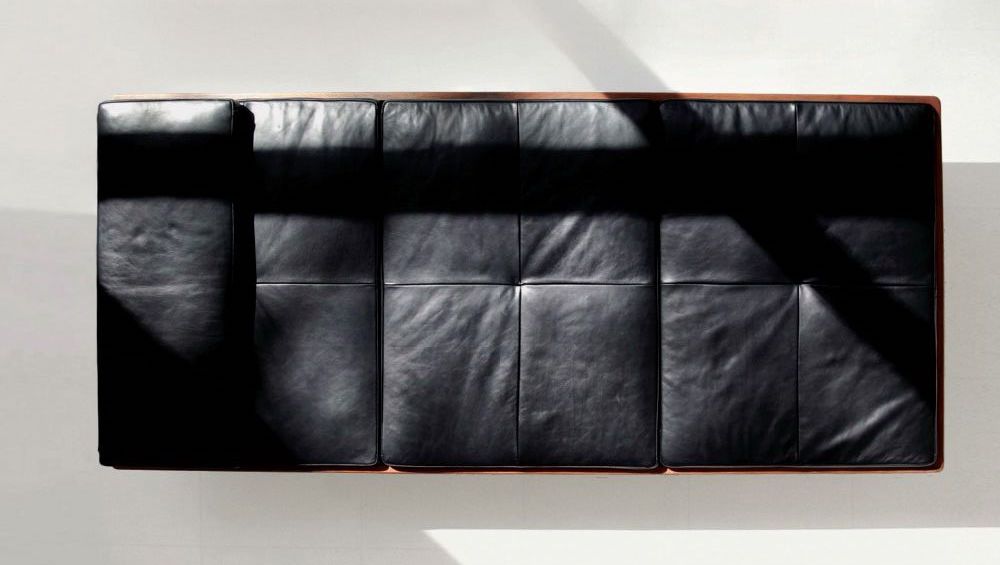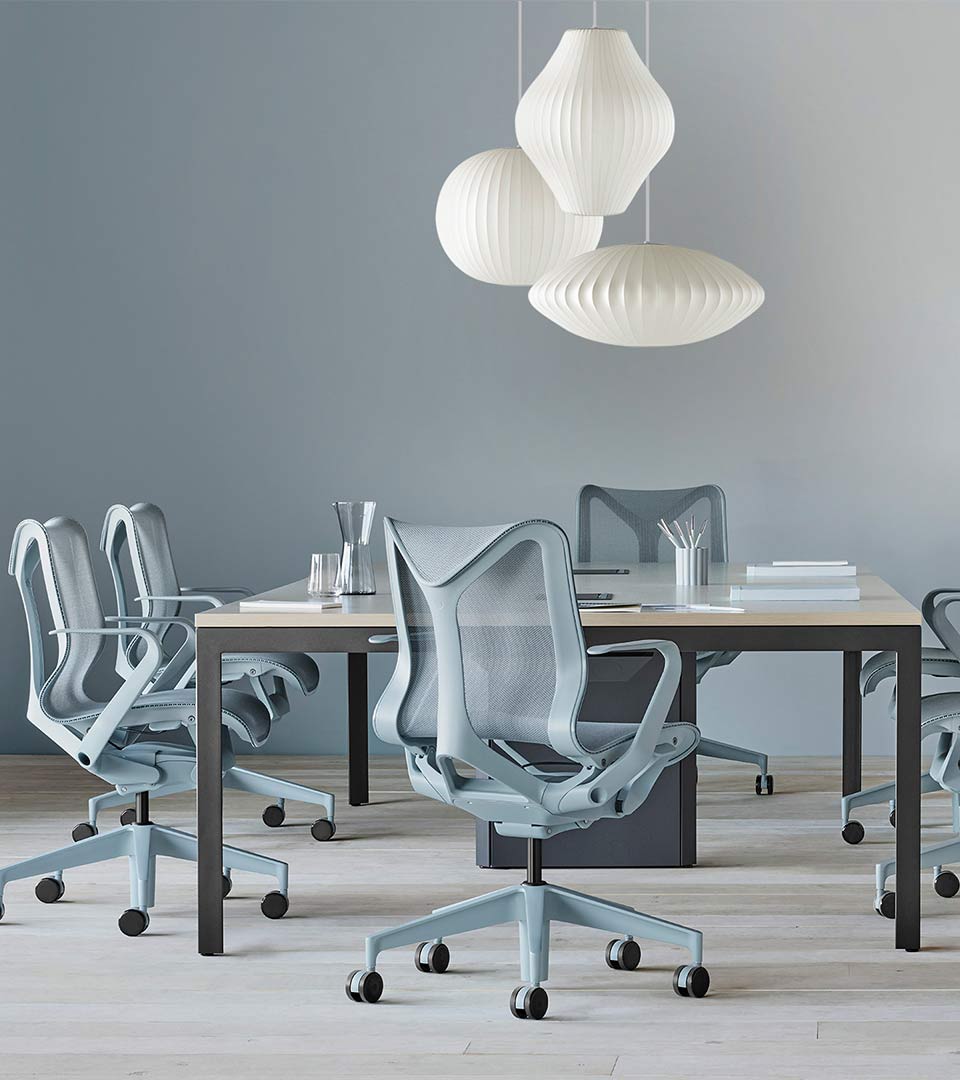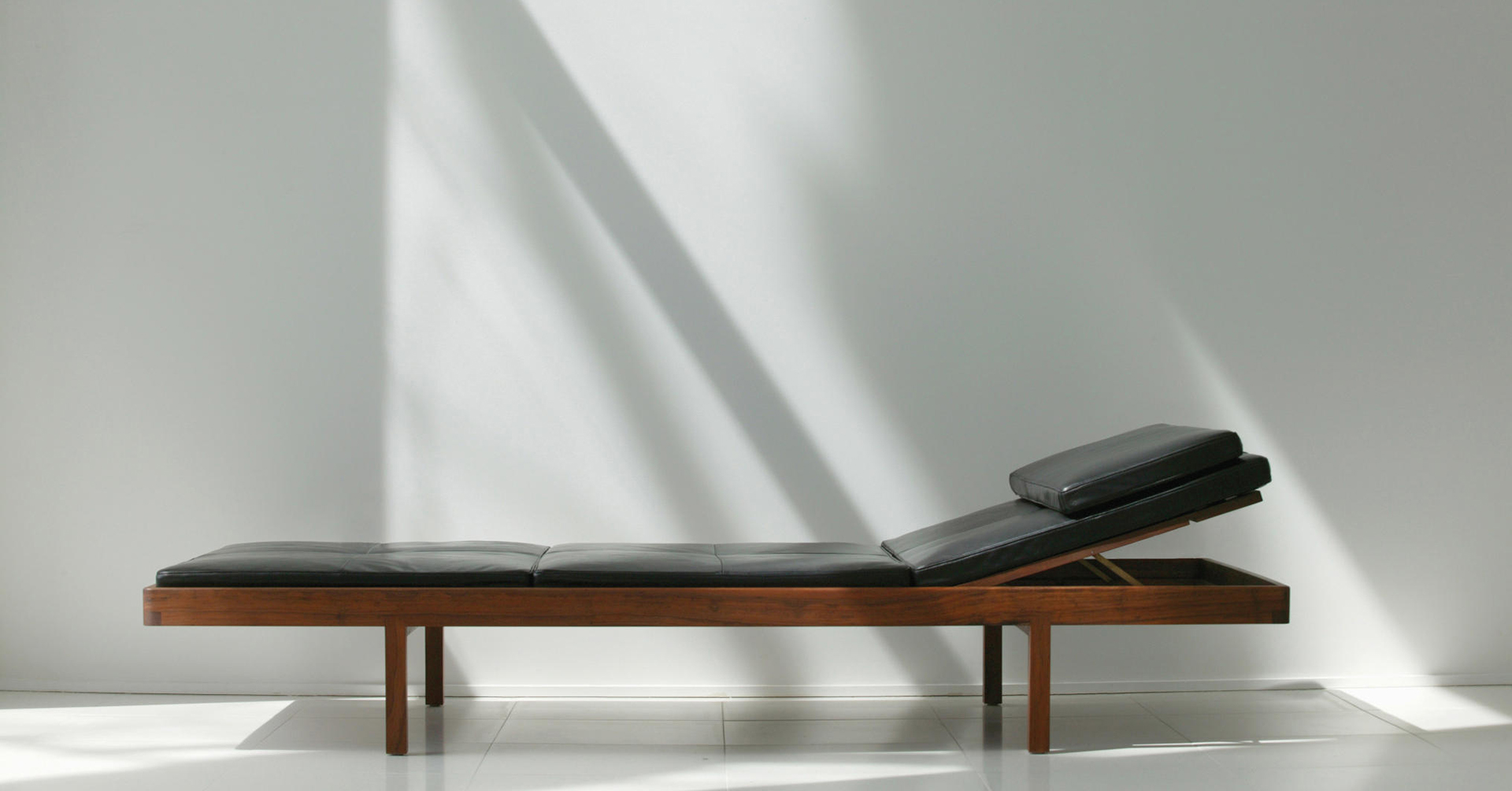Each designer who tackles it offers a new twist, from Poul Kjærholm’s elegant PK80 Daybed in 1957, to Virgil Abloh’s 2019 pastiche of Charlotte Perriand’s 1950s design. But the origins of the daybed are, of course, rooted in ancient civilizations, which is one of the reasons why it’s such a favourite touchstone for contemporary designers.
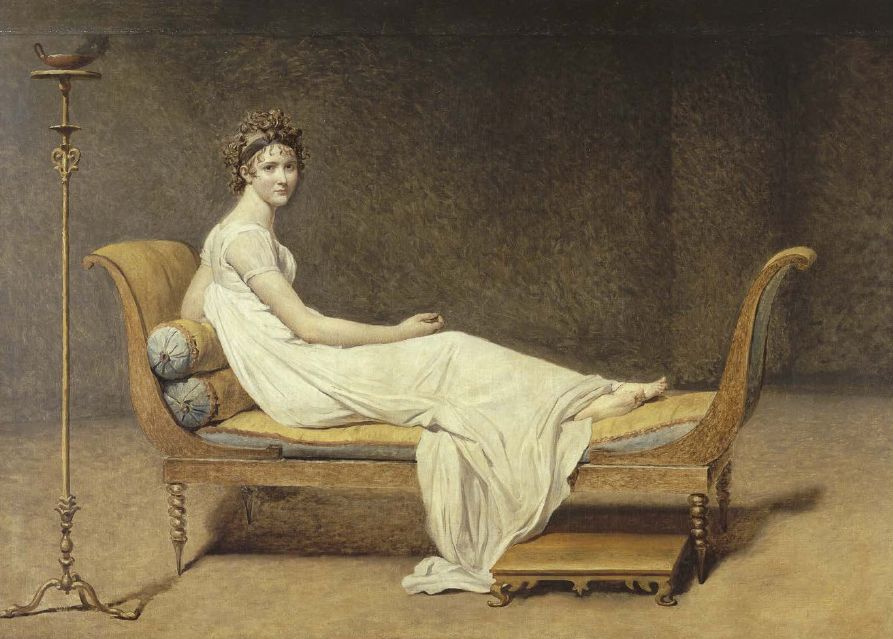
As a concept, it is an anachronism. The form dates back to the late 7th century, when the kline was omnipresent in halls and homes: a simple rectangular bench on four legs, adorned with cushions. The kline appears time and time again in ancient Greek frescoes and paintings. It was an immensely democratic piece of furniture – easy to construct, simple and useful. During the Ming Dynasty, from the late 14th century onwards, daybeds were immensely popular, with the development of the waisted, sculptural legs that remain synonymous with Chinese antiquities. Artwork from the era depicts daybeds used in outdoor pavilions and gardens, as well as within homes.
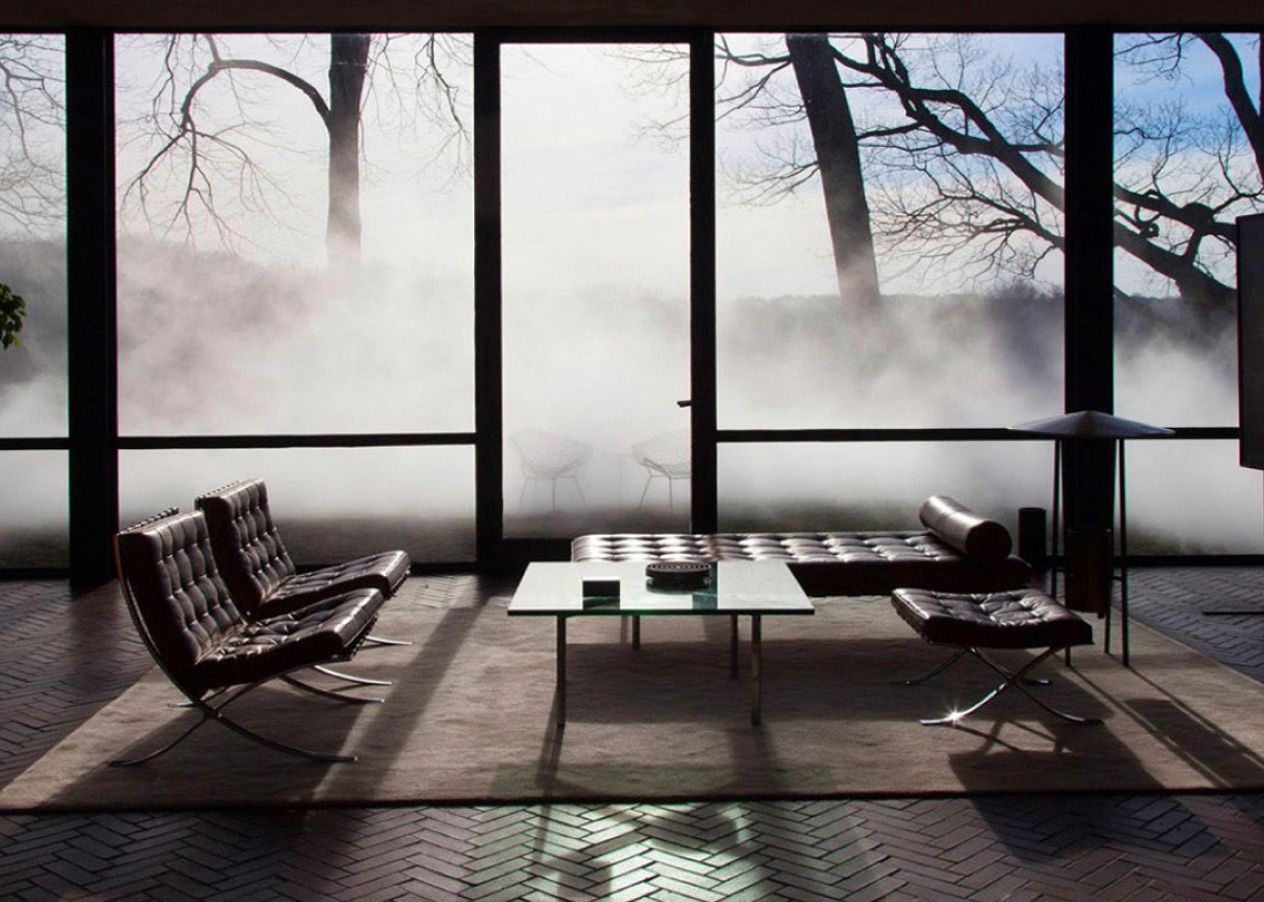
The BassamFellows Daybed was introduced 15 years ago, conceived of as something that would follow in the tradition of van der Rohe, Kjærholm and Perriand, but developed in a way that was even lighter than its predecessors – visually and literally. Rather than metal legs, an all-wood construction was chosen. It would pare back the lines and volumes as far as possible, with every edge slightly rolled, to soften the silhouette almost imperceptibly. The slats of wood that hold the cushions in place were both functional and attractive, while the cushioning itself was made of separate panels of leather, sewn and connected together with an inverted seam. The foam was edge-banded to create a crisp line. All of these details created a sense of comfort and luxury, without superfluous additions, but with the flexibility to change the materials used according to the tone required: Rosewood, solid teak, walnut and white ash have all been used for frames, and a wide variety of textiles have been used for upholstery, including shearling.
The beauty of the Modernist daybed is in its lightness of form. It is an object that takes up a minimal amount of physical space, but its sense of presence is amplified by choice of materials.
Instead of being simply flat, one of the key elements of the BassamFellows Daybed is the manner in which it can be adjusted according to how it is being used – a brass mechanism allows for one panel to be tilted to become a back rest, thus eliminating the need for a cushion, cylindrical or otherwise. The result works more like a sun lounger, and outdoor versions have been realised using Burmese boat-building teak for the frame, and suitably weather-proof upholstery. Other versions have been made to order for apartment buildings, including a super-lux 1.5x wide version, while the interior version has been incorporated into numerous retail environments – including the furnishing of Chanel stores. The design has also been developed as a bench for numerous lobby projects, including the Barangoo development in Sydney.
The beauty of the Modernist daybed is in its lightness of form. It is an object that takes up a minimal amount of physical space, but its sense of presence is amplified by choice of materials. It is significant that the BassamFellows Daybed is a part of the furniture at two of Philip Johnson’s existing buildings in Connecticut – the private house and HQ belonging to the founders of the company. It is at home here. The daybed is an ancient as well as modern classic, and offers every designer who works with it the opportunity to make their own mark, while showing respect for the designs that came before it.
